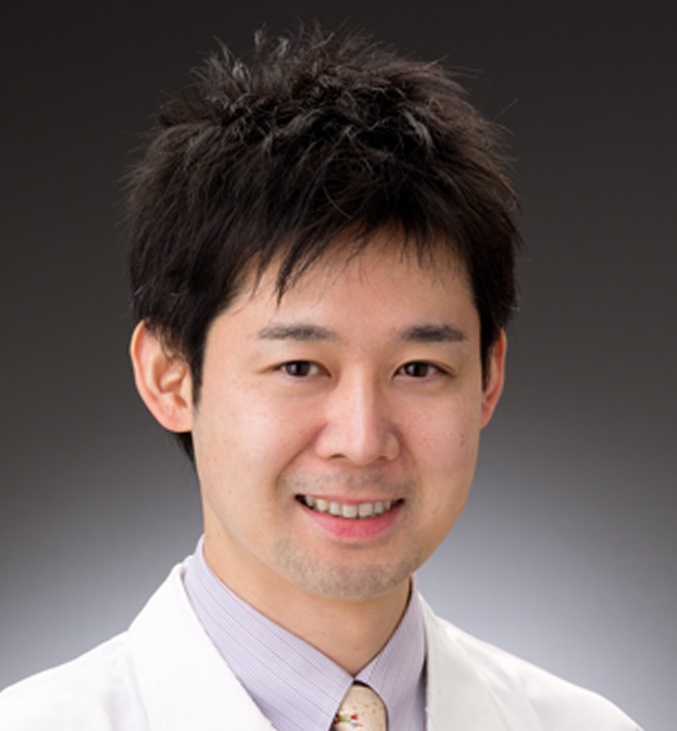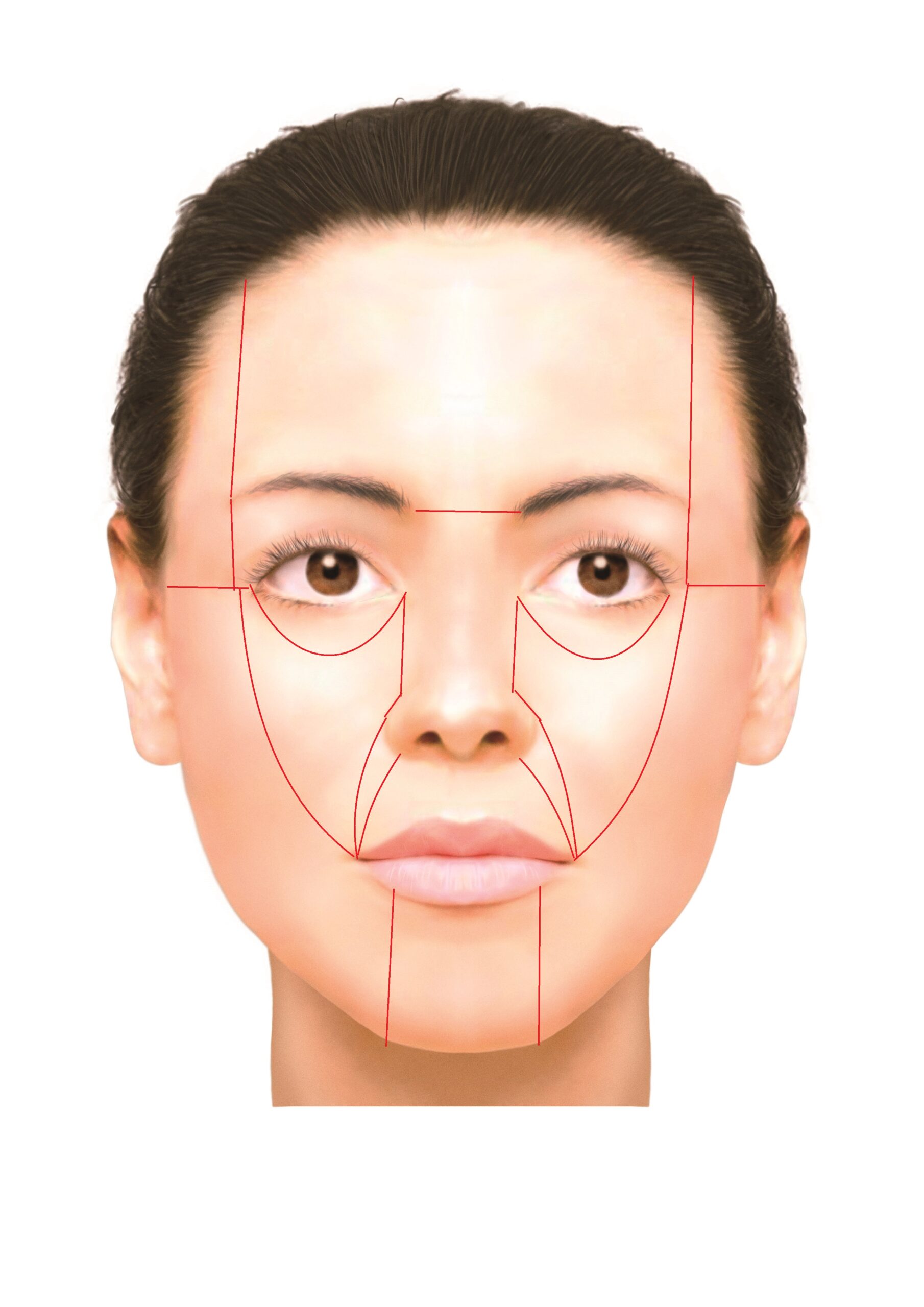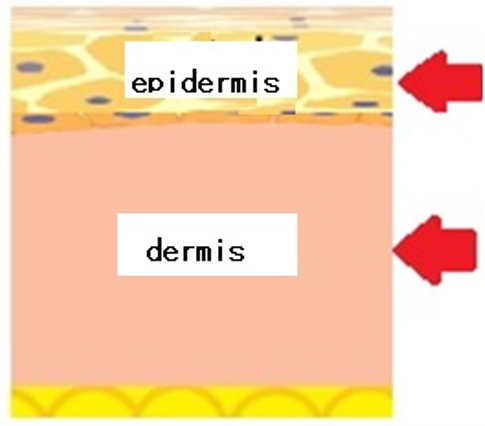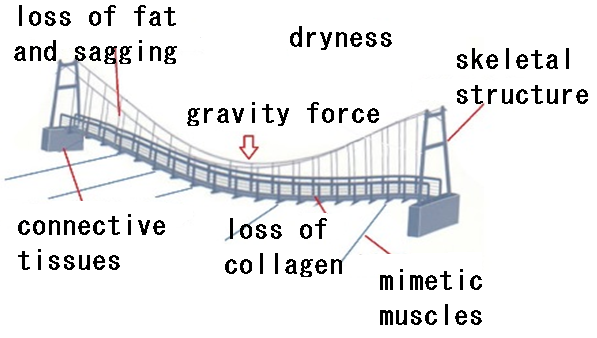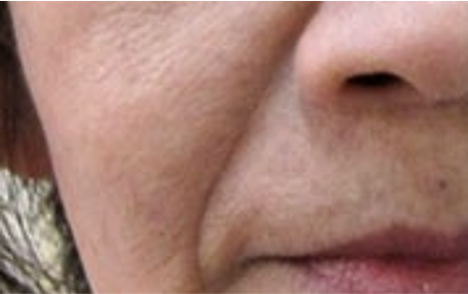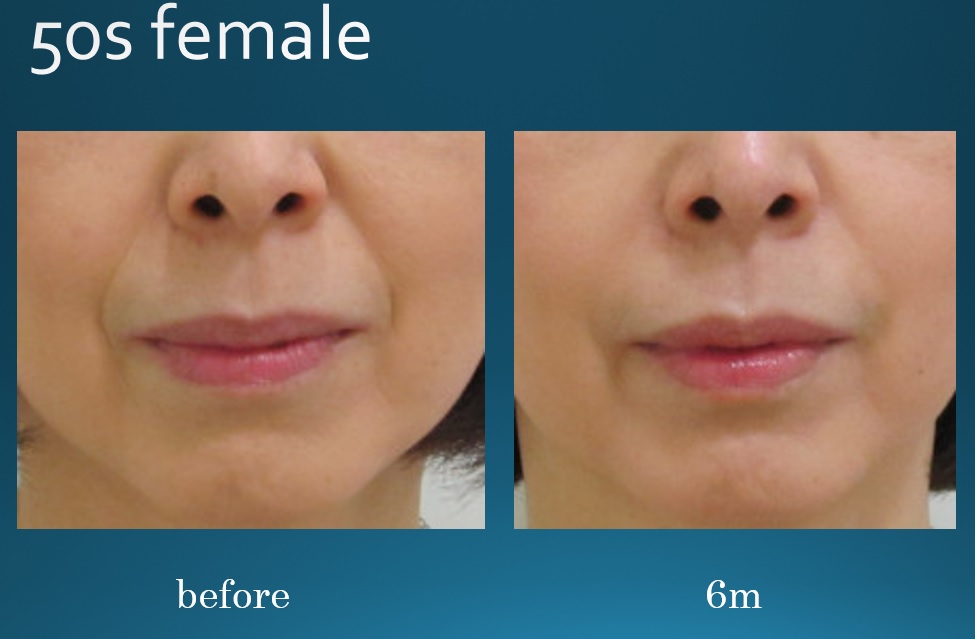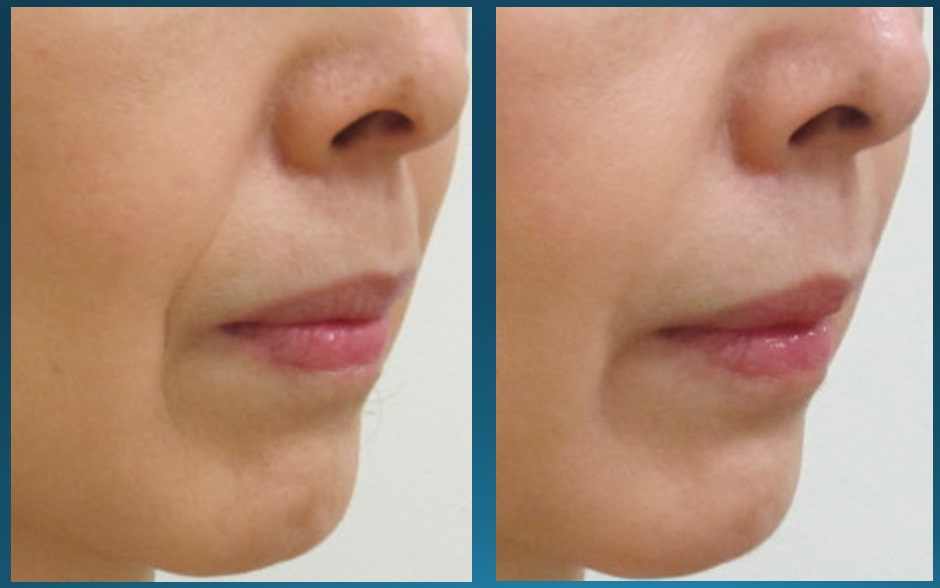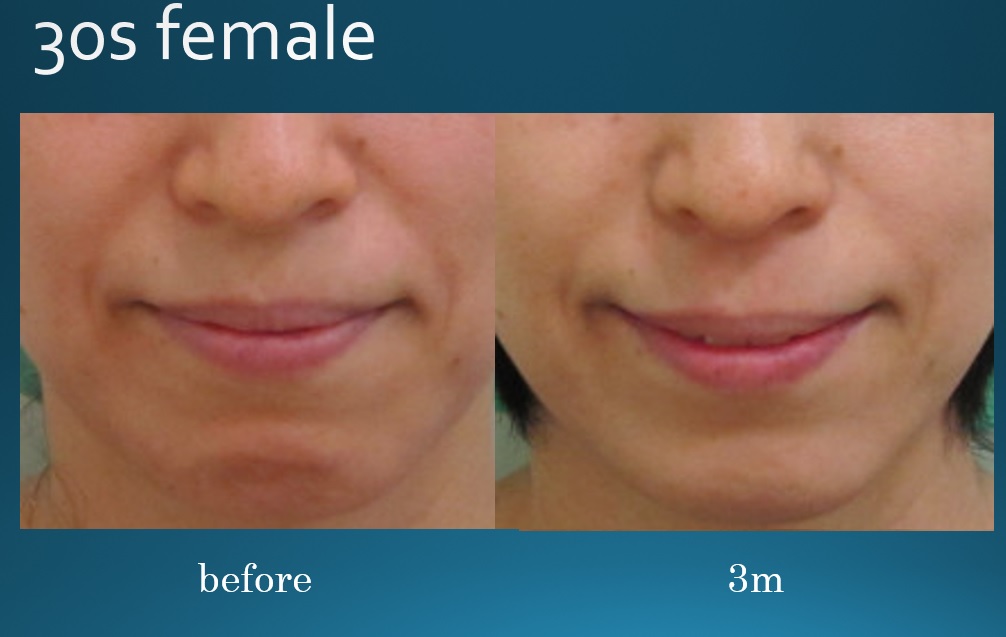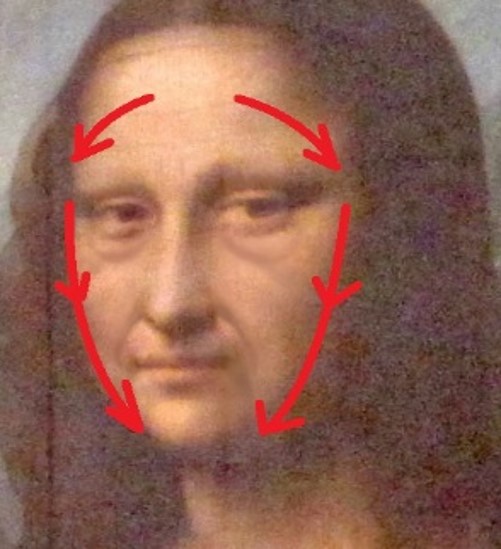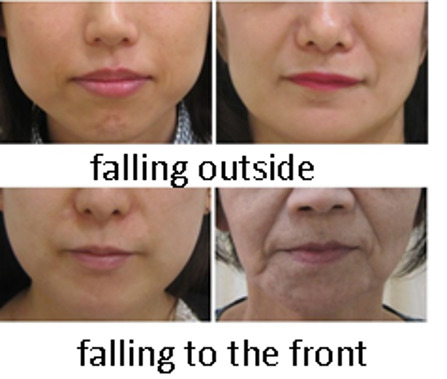Sagging face and wrinkles are serious problems for those who want to look young and attractive.
Nowadays, treatments for facial rejuvenation include laser, filler injection, thread lifts, PRP, and facelift surgery, among others.
However, none of these treatments brought long-lasting results by itself.
In our clinic, facial sagging and wrinkles have been treated with growth factor injection for more than 18 years.
As the skin is mainly composed of collagen, the restoration of skin support provides evident results.
We have found that considering several facial subunits, the balance of the injective fluid volume between subunits are important for ideal results.
For better results, retinoic acid and hydroquinone were used to recover fine wrinkles, spots, and textures of the epidermis, the most superficial layer of the skin.
Both collagen restoration, occurring in the deeper layer, and epidermal restoration are ideal combination for facial rejuvenation.
When either of these treatments cannot provide satisfactory result, the “balance” of restoring the superficial and deep layers is required.
After a single treatment, the treatment effects last for years; therefore, patients do not need repeated treatments.
After a one-time treatment, patients only have to consider ultraviolet rays, foods, and sleep, among others.
These habits are also beneficial for their health. Therefore, the “balance” of restoring the skin located outside and maintaining inner health is important.
The cause of sagging facial skin
The cause of sagging facial skin is related not only to skin components themselves but also to internal factors such as bone, muscle, and subcutaneous tissues as well as outside factors such as UV and gravity.
Skin aging
The skin ages with age; however, not only physiological aging (intrinsic) but also photoaging with ultraviolet light (extrinsic) makes the dermis, the collagen layer, thinner, and the protein known as elastin denatures and decreases.
This condition results reduced skin support and elasticity.
How growth factor works?
Growth factor activates and stimulates fibroblast and cause collagen production.
Growth factor almost looks like water when injected, in which the growth factor is dissolved.
The course after injection
Some people seem to have returned to their original condition after absorbing the water over several days after injection.
It may appear to be back in a few hours to a few days.
The effect is produced by gradually increasing the collagen in the skin over half a year.
In the end, it will look like the condition immediately after the procedure.
The course after treatment is somewhat individual.
Growth factors produce results after 6 months and maintained for years
In any case, the skin condition should be carefully monitored within 6 months because the final results will only be evident after it.
Growth factors are not fast-acting; therefore, the outcome cannot be determined yet immediately after treatment.
Growth factors produce results after 6 months, and their effects are maintained for many years.
In 10-year period
Collagen levels may also decrease depending on the amount of exposure to ultraviolet light and the amount of stress received in 10-year period.
However, because collagen is increasing in the area being treated, wrinkles and sagging are less likely to occur, and aging occurs earlier in the area not being treated.
Therefore, growth factors not only rejuvenate but also help prevent future aging.
In other words, the skin condition 10 years after treatment is different.
After 10 to 20 years, the untreated areas will age first.
If this is the case, they have only to add a growth factor to the untreated area or blur the border between the treated and untreated areas.
The balance between each subunit
The whole face is divided into subunits: above the eyes, below the eyes, mid and lateral cheeks, and nasolabial folds, among others.
The balance between each subunit is important in administering growth factor.
They pull against each other and tighten the skin appearance.
Of course, this is depends on the degree of wrinkles and sags; however, it has been experimentally found that reasonable results can be obtained with a certain ratio.
Treatment of Upper eyelid
The depressions in upper eyelids may be due to skin sagging or ptosis.
Patients with ptosis may first be treated for ptosis.
Complaints of deteriorated weight of the upper eyelid have not yet observed.

Lower eyelids are treated by transconjunctival fat removal.

The double eyelid may become slightly narrower if the skin buried in the recess comes to the front.
Treatment of sagging and grooves under the eyes
Depressions beneath the bulge that is due to skin sagging can be improved by growth factor.
Fat progression
The sagging under the eyes is mainly due to the loosening of the membrane that underlies the fat under the eyes.
The fat under the eyes comes out to the front, causing bulges.
In addition, grooves exist under the bulges.
Treatment
To improve the baggy eyelids with growth factors only, those with mild fat protrusion are recommended to use growth factors under the eyes + mid-cheeks.
The growth factor under the eyes alone are not often enough.

cases
Severe fat protrusion needs surgery
The fat beyond the tear bag means its amount is severe.
Such patients are indicated for transconjunctival fat removal surgery.
Sagging of the mid-cheeks
Sagging of the cheeks can cause mid-face grooves and dents.
Individual differences may exist depending on the influence of the skeleton, fat, and ligaments, which determines whether it becomes mid-face lines or dents.
The mid-cheeks occupy a relatively large area at the center of the face, so the treatment of this area effectively contribute to rejuvenated impression.
Progression of mid-cheek sagging
The cheeks are initially plump and rounded, but slowly flatten and descends downward.
Then, the cheeks become flat, and dents and grooves slowly develop.
Ligament that connects the skin and the deep layer exist on the cheeks, and the one with a weak hook have dents and the one with a strong hook have grooves.
Furthermore, the skin of the sagged cheeks often accumulates on the nasolabial folds.

Transconjunctival fat removal and growth factor injection to nasolabial folds and lateral cheek areas were also performed.

Transconjunctival fat removal and growth factor injection to nasolabial folds and lateral cheek areas were also performed.

Growth factor injection to sub-orbital areas, nasolabial folds and lateral cheek areas were also performed.
Nasolabial folds
The cause of nasolabial folds is the going down of the sagging mid-cheek skin.
Those with mid-cheek sagging often have bulges just above the nasolabial folds.
After growth factor treatment, wrinkles while laughing are reduced, but wrinkles when moved are not completely zero and often remain to some extent.
In addition, wrinkles generally tend to be left in the areas that sustained fractures.
These occur because of broken skin.
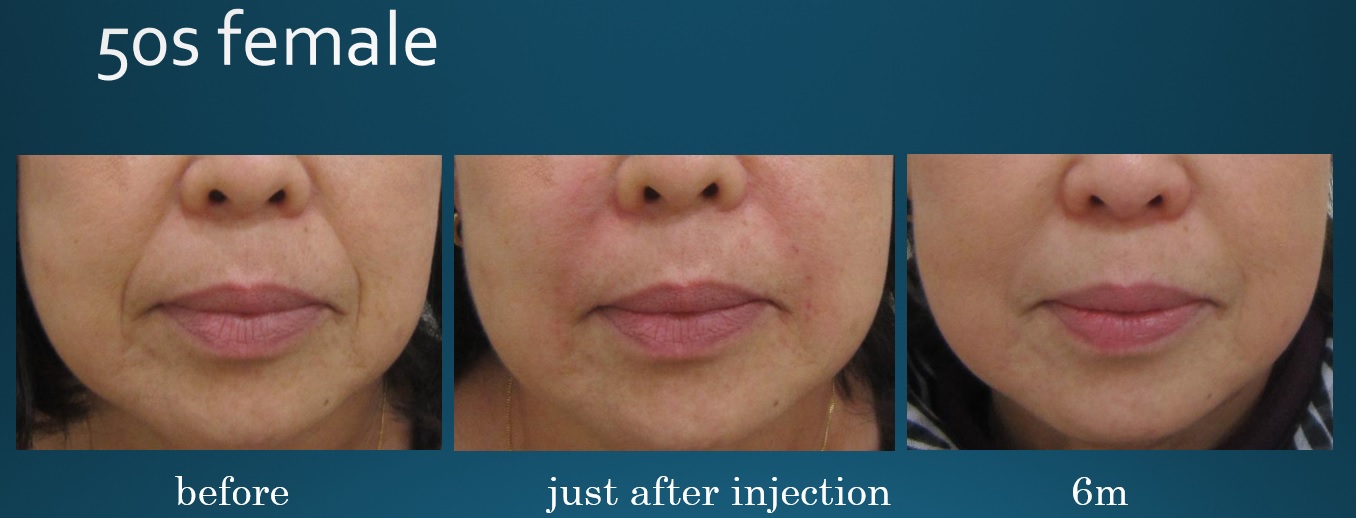
Wrinkles generally tend to be left in areas that sustained fractures.
These occur because of broken skin.
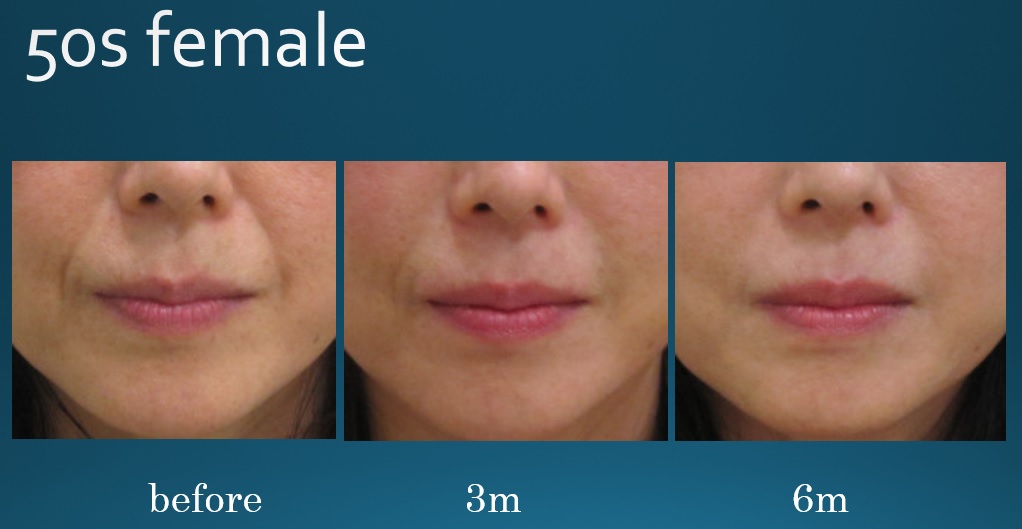
She had an additional injection after 3 months.
Marionette line and face lines
When the skin in front the ear sagged, marionette lines extending from the corner of the mouth are generated.
In addition, because it is connected, the sag from the forehead and temples is also involved in the formation of marionette lines.
The progress of sagging around the mouth
Regarding the skeleton, the sag of lateral cheeks is divided into two types: one falling outside and the other falling to the front.
The type that falls outside cause accumulation of skin and fat on the area outside the mouth, and the upper part on the outside has a relatively concave impression.
The type that falls to the front produces marionette lines.
This starts with a slight shadow at first, and then gradually becomes sharp lines.







